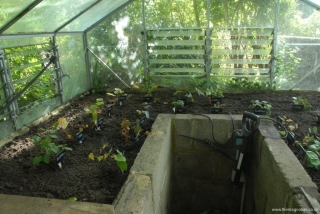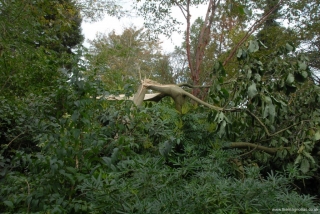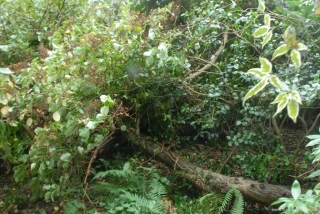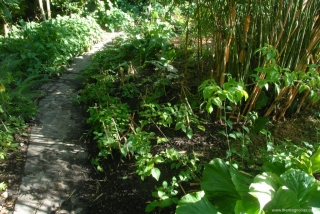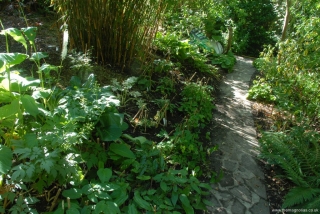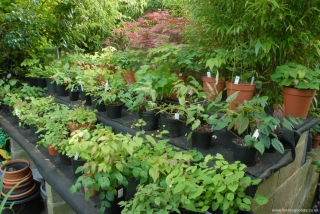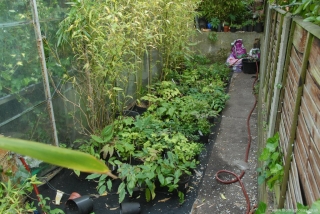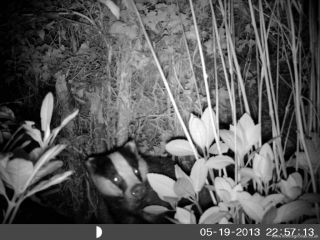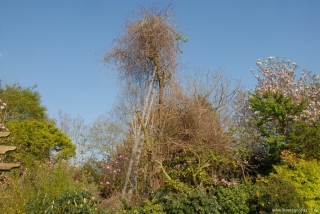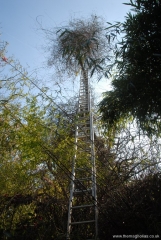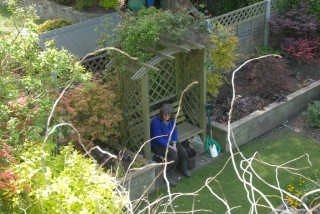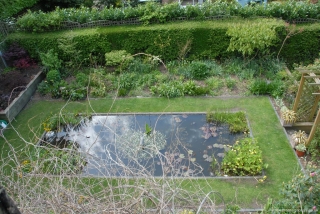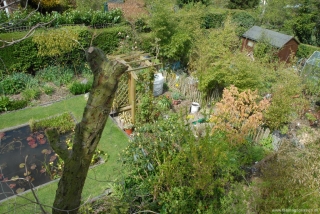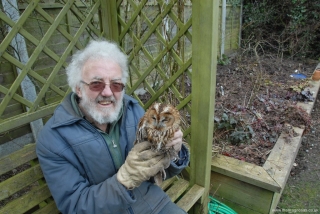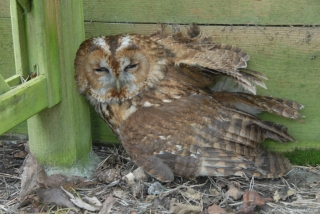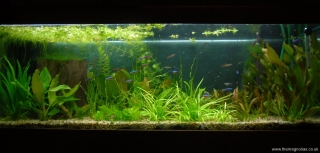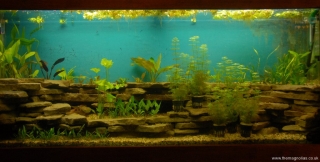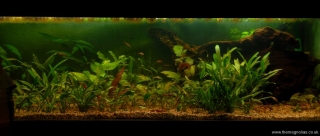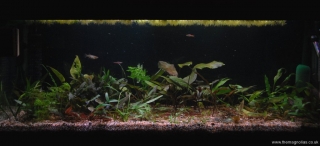Since about 1989, a 6ft x 3ft fibreglass tank has sat on the greenhouse bench and been used for a number of purposes. The most notable were for the raising of pygmy water lilies, baby koi carp and tiger salamander tadpoles. For a few years it has been sitting there taking up valuable bench space and not being used. Linda came up with an idea to recycle the water tank as an additional 18sq ft nursery bed.
Recently having ordered more bare-root Epimedium plants from Koen Van Poucke (www.koenvanpoucke.be) in Belgium, extra protected nursery bed space was needed. The raised bed in the ‘air-raid shelter’ greenhouse, planted last autumn, has been very successful. Some of the plants have been lifted and potted, while others will be left in situ for the moment.
We realised that it would be more convenient and less likely to be dug over by badgers or cats, if the soil surface were raised to bench height. With the considerable weight of soil and organic matter it would contain, it was obvious that a stand of substantial construction would be required. Therefore 3″ x 2″ and 4″ x 2″ timber has been used along, with two pieces of a very dense MDF type board. The MDF was given to us quite a few years ago having been used as temporary dining room table extensions, for Christmas dinners. It has been patiently waiting in the garage for another good use! We have painted it with yacht varnish and put two layers of polythene over it to avoid it getting wet. To prevent the wooden legs getting wet at the contact with the ground they have had lengths of drainage pipe pushed over their lower ends. The pipe was softened with a hot air gun to accommodate the wood and then driven on with a rubber mallett. The legs stand on 9″ square pieces of paving slab.
Drainage holes have been drilled along the outer edges of the base to prevent possible water-logging. We have filled the tank with a sandy loam mixed with sphagnum peat and fine composted bark. The bed will be shaded with netting shortly. The plants will hopefully arrive later this week.

